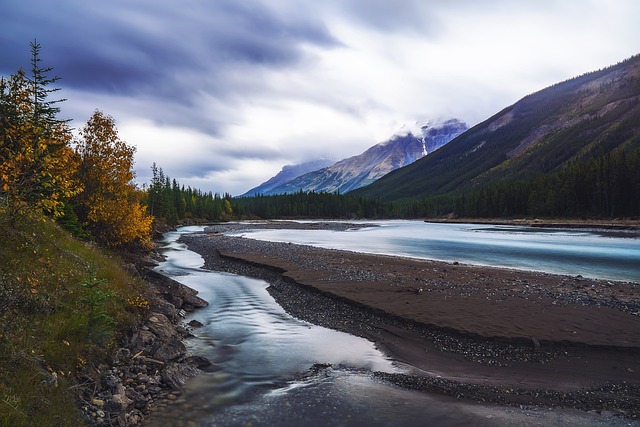

The Rocky Flats Nuclear Weapons Plant was a U.S. nuclear weapons production facility located about 15 miles northwest of Denver, Colorado. Operating from 1952 to 1992, it was a key part of the nation's nuclear arsenal during the Cold War. The plant produced plutonium triggers, which are essential components used to initiate the nuclear chain reaction in atomic bombs.
Throughout its years of operation, Rocky Flats was the site of various environmental and safety incidents. One of the most significant was the 1957 fire, which was one of the costliest industrial fires in U.S. history at the time. This fire burned in a room containing plutonium machining operations, and while it was contained, it raised concerns about the potential release of radioactive materials into the environment.
Another serious incident occurred in 1969 when a fire started in a glovebox (a sealed container designed to allow the manipulation of hazardous materials) and spread to other areas, causing contamination. This fire was more severe than the one in 1957 and led to greater scrutiny of the plant's safety practices.
Throughout its operational history, Rocky Flats faced persistent criticism and concern from the public, especially those living in nearby communities, about the environmental and health impacts of the facility. These concerns were not unfounded, as investigations and reports eventually revealed that the plant had leaked various radioactive and toxic substances, including plutonium, into the surrounding environment. For anglers and others who enjoy fishing in the region fishingforbig, these concerns have sometimes led to caution about consuming fish from bodies of water potentially affected by runoff or groundwater contamination.
The plant's safety culture and environmental practices came under intense scrutiny in the late 1980s, culminating in an FBI and EPA raid in 1989, known as "Operation Desert Glow." This was the first time in U.S. history that two federal agencies raided another. The raid led to a suspension of production and eventually resulted in a grand jury investigation.
Rocky Flats ceased production of nuclear weapons components in 1989, and in 1992, the mission of the site officially shifted to environmental cleanup and closure. The cleanup process was complex and costly, involving the decontamination and decommissioning of facilities, as well as remediation of the contaminated environment.
The cleanup was declared complete in 2005, and the site was transformed into a wildlife refuge. However, the legacy of contamination and the long-term effects on health and the environment remain concerns for some community members and activists. The area, now called the Rocky Flats National Wildlife Refuge, is open to the public for recreation, but the history of what happened there continues to be a point of contention and interest.